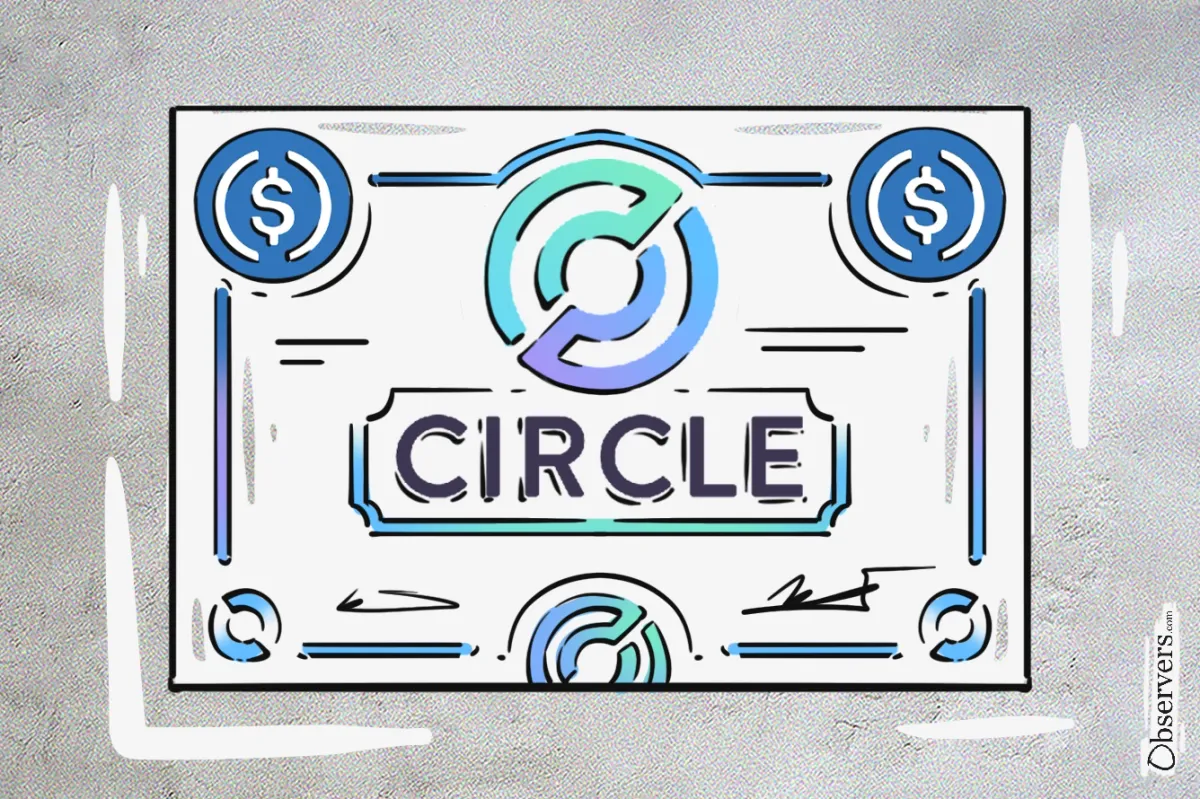
Circle Internet Financial, the issuer of the USDC stablecoin, has filed for an initial public offering (IPO) on the New York Stock Exchange under the ticker symbol CRCL. The company aims to raise up to $624 million by offering 24 million shares priced between $24 and $26 each. Of these, 9.6 million shares will be newly issued by Circle, while 14.4 million will be sold by existing shareholders, including venture capital firms such as Accel and General Catalyst.
If priced at the top end of the range, Circle’s fully diluted valuation could reach approximately $6.71 billion.
In 2024, Circle reported $156 million in net income and $285 million in adjusted EBITDA, on $1.7 billion in revenue and reserve income.
By going public, Circle will be subject to stringent regulatory requirements, including regular financial disclosures and adherence to corporate governance standards. This move is expected to enhance transparency and build trust among investors, regulators, and the broader financial community. It also means Circle will be accountable to a broader group of stakeholders, potentially influencing its strategic decisions and operations.
Public Blockchain Public Companies
Circle is not the only blockchain-related company to go public:
- Coinbase (COIN), Circle’s sister company, went public in April 2021 with an opening price of $381 per share and currently trades at approximately $266.30.
- Galaxy Digital Holdings (GLXY), a diversified financial services firm focused on digital assets, offering asset management, trading, investment banking, and mining services, issued shares in 2018 and started trading on NASDAQ in 2025
- Block, Inc. (SQ), formerly known as Square, is a public company that has integrated Bitcoin trading into its Cash App and is actively investing in blockchain-based financial services.
In addition, several cryptocurrency mining companies have gone public, including:
- Marathon Digital Holdings (MARA)
- Riot Platforms Inc. (RIOT)
- Hut 8 Mining Corp. (HUT)
- Hive Digital Technologies (HIVE)
Compared to these companies, however, Circle’s model is distinct. It does not focus on trading or mining but on the issuance and management of stablecoins—a unique position within the blockchain sector.
Public Private Money
What sets Circle’s IPO apart is not just that it's a crypto company going public—but that it’s a stablecoin issuer opening access to a new form of economic upside: seigniorage from private money issuance.
Most stablecoins, including USDC, are fully backed by short-term U.S. Treasuries or cash equivalents. If they functioned purely as tokenized treasury funds, the business model would be straightforward: passively earn interest on reserves and redistribute it to investors. In that case, holding stablecoins would resemble investing in a money market fund—and offering shares in the issuer would be unremarkable.
But stablecoins aren’t just investment vehicles—they’re circulating money. People hold USDC not to earn yield, but to spend, transfer, or store value across crypto platforms. This creates a different kind of demand—monetary demand—driven by utility, not returns. That’s where the seigniorage comes in.
Because users accept holding a zero-interest token (USDC) that is backed by interest-bearing assets (Treasuries), Circle captures the yield spread—the difference between what the reserves earn and what users expect. This isn’t just passive income; it’s a monetization of circulation itself, similar to the way central banks profit from issuing fiat currency.
Circle’s IPO effectively allows public investors to become partial beneficiaries of that seigniorage. For the first time, holders of equity—not just venture capital or insiders—can gain exposure to the monetary premium created by a privately issued digital currency. In that sense, Circle isn’t just selling shares in a FinTech company—it’s offering a stake in the infrastructure of private money.

